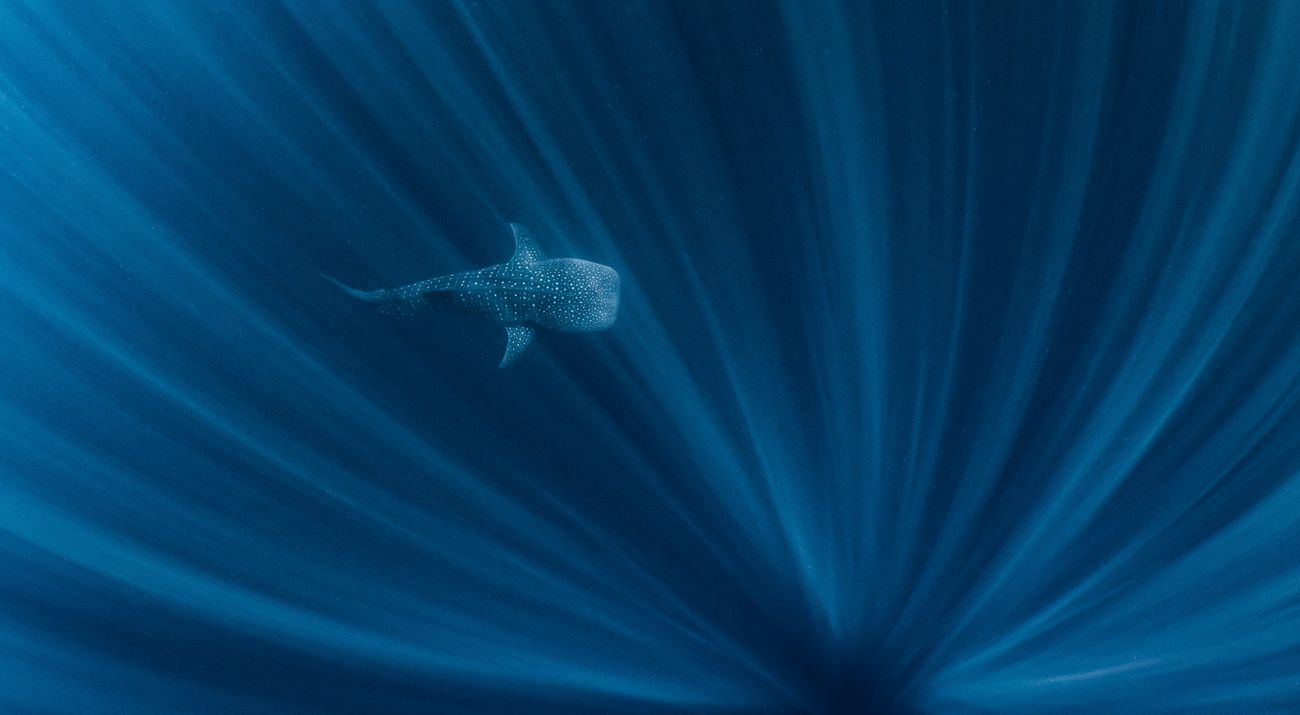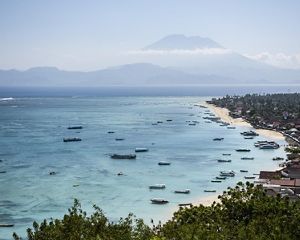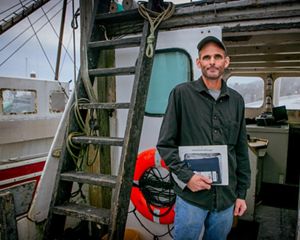Ten Things You Should Know About the High Seas Treaty
A new global agreement provides a pathway for improved governance, conservation and sustainable use of biodiversity in the high seas.
In March 2023, the world’s governments finalized the United Nations treaty for the protection of the high seas. The high seas cover a vast area, two-thirds of the ocean and almost half of the planet’s surface. Because the high seas fall outside of any country's jurisdiction, these isolated expanses have to date been largely out of sight and out of mind. However, the UN High Seas Treaty addresses many of the governance gaps that have previously beset the ocean, now setting out clearer ways to conserve and sustainably use biodiversity in the high seas.
The technical name for this treaty is the “agreement under the United Nations Convention on the Law of the Sea on conservation and sustainable use of marine biodiversity in areas beyond national jurisdiction” (BBNJ). And like many agreements dealing with the global commons, it is complicated. In fact, it has taken almost two decades of discussion to realize this treaty, including five years of negotiations.
The finalization of this treaty two years ago was a major milestone. But for it to be effective, countries must ratify the treaty, formally consent to the new international law and ensure that their national laws are consistent with it.
A minimum of 60 countries need to ratify the high seas treaty for it to come into force. Here are 10 changes we could see once that happens.

1. A potentially expanded network of Marine Protected Areas on the high seas
The new agreement gives states global powers that previously did not exist for marine protected areas (MPAs) to be established in the high seas. That means that a state or group of states can submit a proposal for an MPA. The agreement sets out key information that will need to be included in that proposal—including the geographic limits of the area to be protected, the threats it faces and a draft management plan with proposed management measures. The text also provides guidelines for implementation, monitoring and review of MPAs established.
2. A path for achieving 30x30 for the ocean
While the agreement itself does not establish targets of protection, it does finally provide a legal pathway to establishing MPAs in the high seas that did not exist previously in most parts. This will help ensure that at least 30% of the ocean is effectively conserved and managed through ecologically representative, well-connected, and equitably governed systems of protected areas and other effective area-based conservation measures by 2030. This is a pathway to reaching the 30x30 target in the Global Biodiversity Framework.
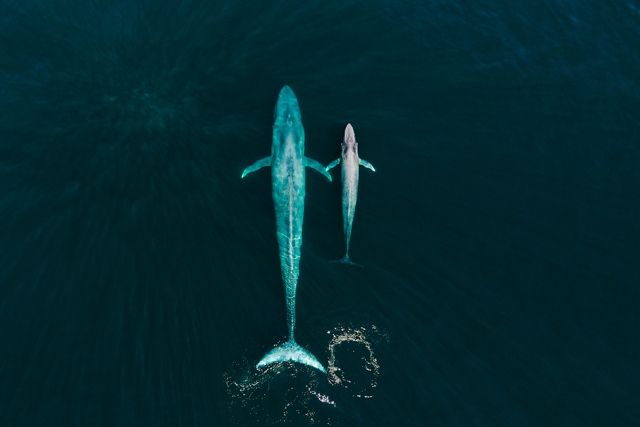
3. Equitable sharing of the benefits of use of marine genetic resources
The treaty includes the principle of equity and fair and equitable sharing of benefits from the use of marine genetic resources (MGRs) derived from species found in the high seas. These resources could be used in the development of medicines and cosmetics. The treaty sets obligations for sharing both monetary and non-monetary benefits from the use of genetic resources. For monetary benefits, a financial mechanism was established to manage potential future funding flows. Once the agreement comes into force, developed states are obliged to pay a flat rate into the mechanism.
4. A new framework for Environmental Impact Assessments (EIAs)
The agreement includes an obligation to conduct EIAs for activities with potential impacts in the high seas that will apply to new activities such as geoengineering. States have also committed to develop new EIA standards and guidelines. In addition, the agreement includes a new impact threshold to trigger a screening process, which means more activities will now be subject to at least some assessment.
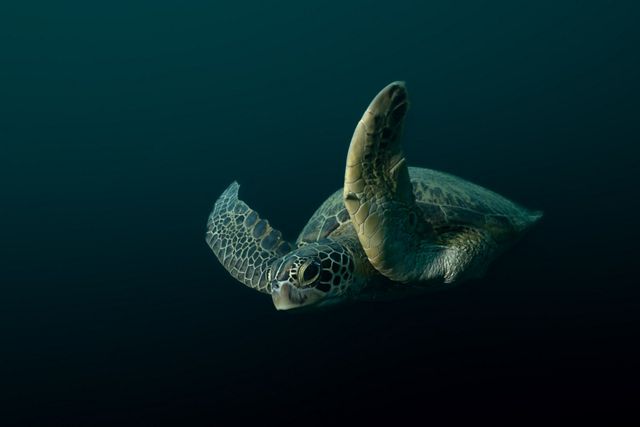
5. Connections to other ocean management bodies
While some activities in the high seas, such as fishing, deep seabed mining and shipping, will continue to be regulated by existing organizations, countries that are a party to the new treaty will have an obligation to promote the new EIA framework and standards within these existing bodies. This obligation to collaborate with existing bodies also applies to other parts of the agreement to ensure good coordination and cooperation.
6. Money on the table
The agreement includes an obligation to develop a “resource mobilization target” for 2030—i.e., a fund to resource the work. The financial mechanism of the agreement is made up of three components: a voluntary trust fund to support representatives from developing states to participate in the meetings of the agreement; a special fund to receive funds from the marine genetic resource part of the agreement (see number 3, above); and the Global Environment Facility trust fund.
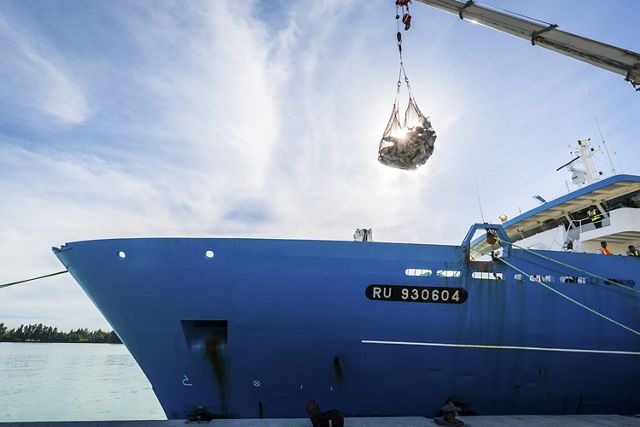
7. A Conference of Parties (COP), as with climate and biodiversity
The COP, which acts as the decision-making body of the treaty, will take the work forward and will also act as a platform to work with existing authorities that regulate fishing, shipping and mining.
8. Clear decision-making
If consensus cannot be achieved on high seas matters discussed by parties to the treaty, the treaty allows for majority decision-making. This helps to avoid a few countries being able to block action agreed to by the vast majority of countries.
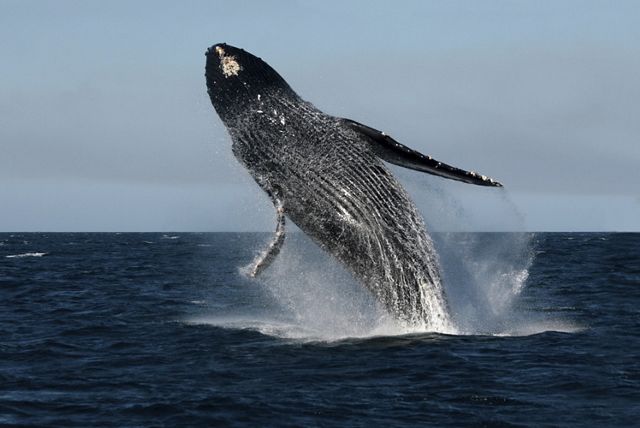
9. Swift action in emergency situations
The treaty will allow us to respond more swiftly to natural and human-caused disasters.
10. Next steps for implementation
The most important thing to do now is for all parties to the UN to adopt the treaty text and then ratify it. The global community is advocating for the treaty to be fully ratified by the next United Nations Ocean Conference in June 2025 in Nice, France.
Global Insights
Check out our latest thinking and real-world solutions to some of the most complex challenges facing people and the planet today.
